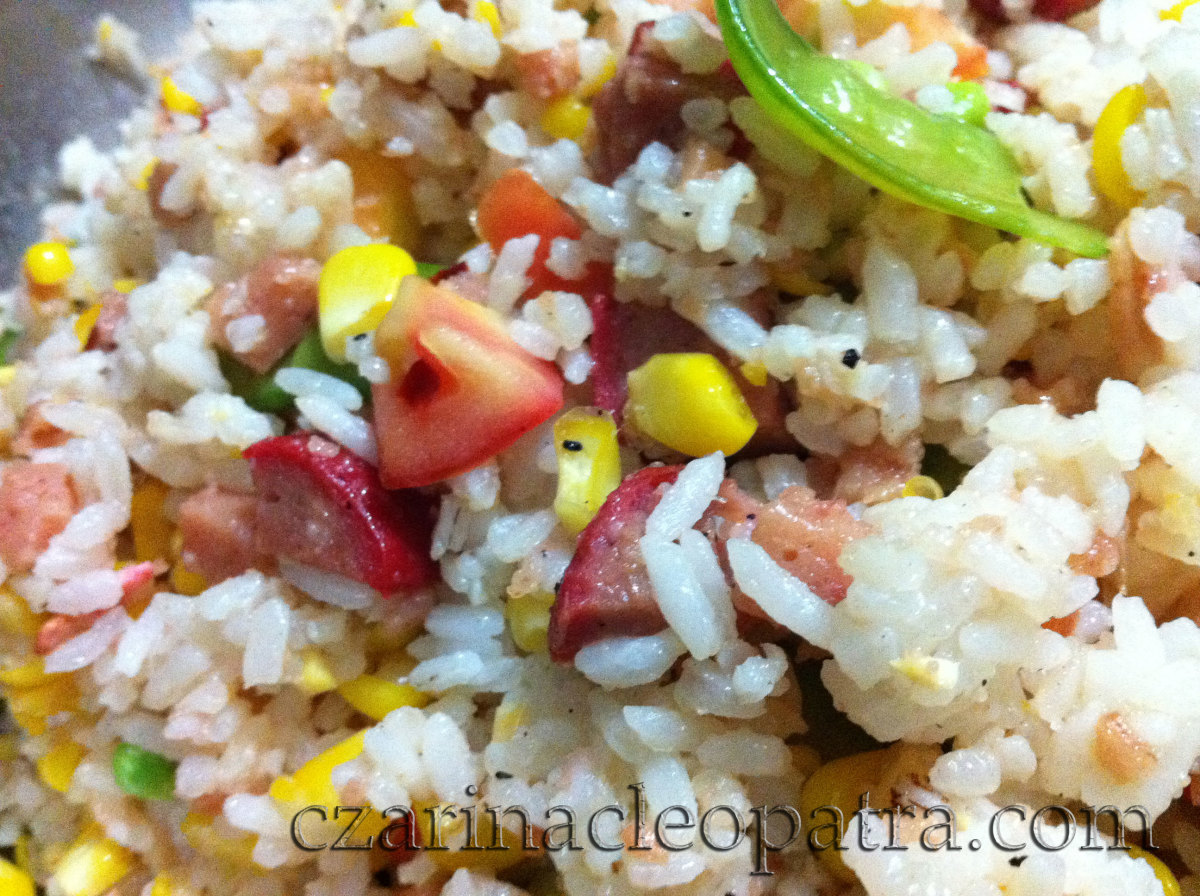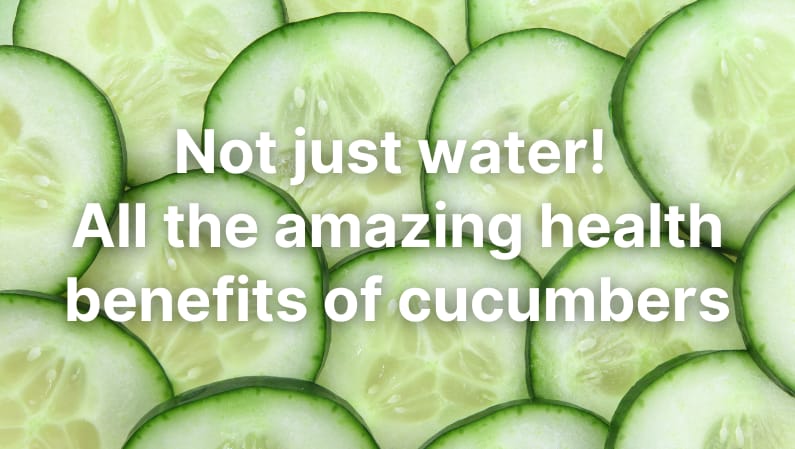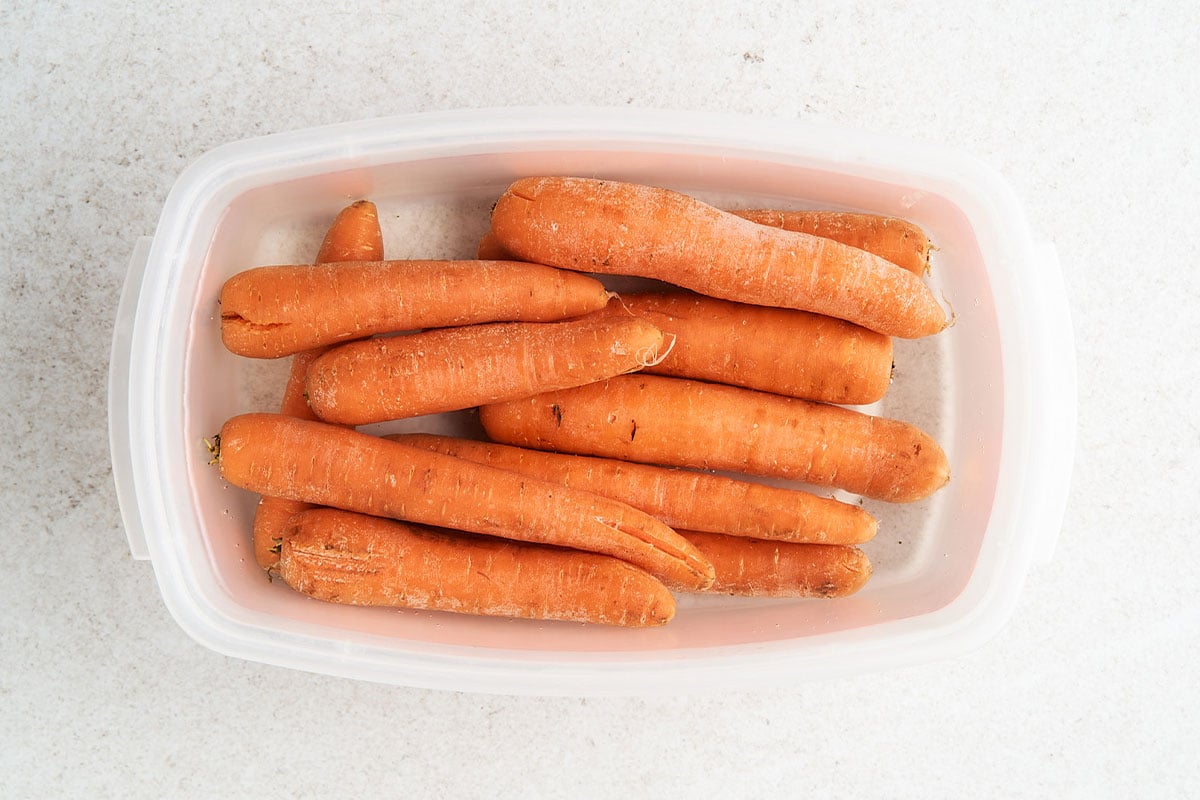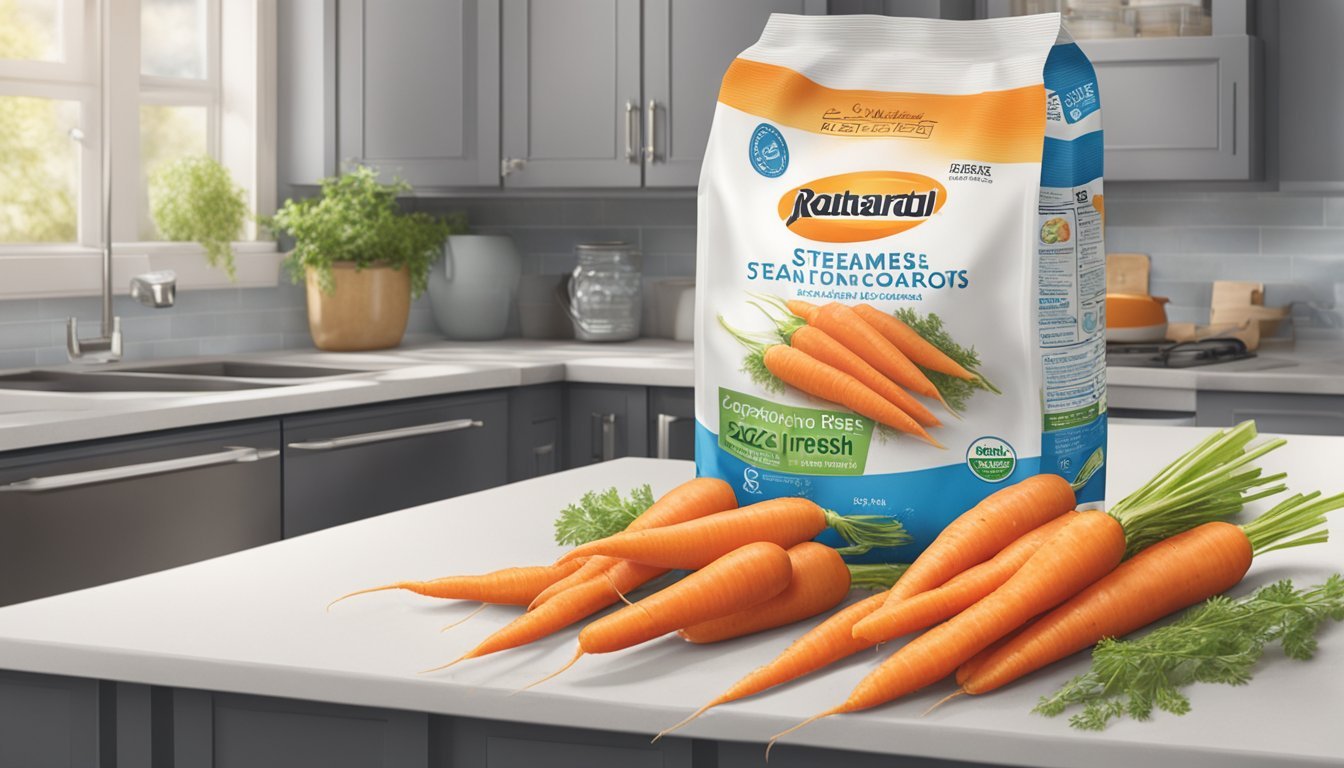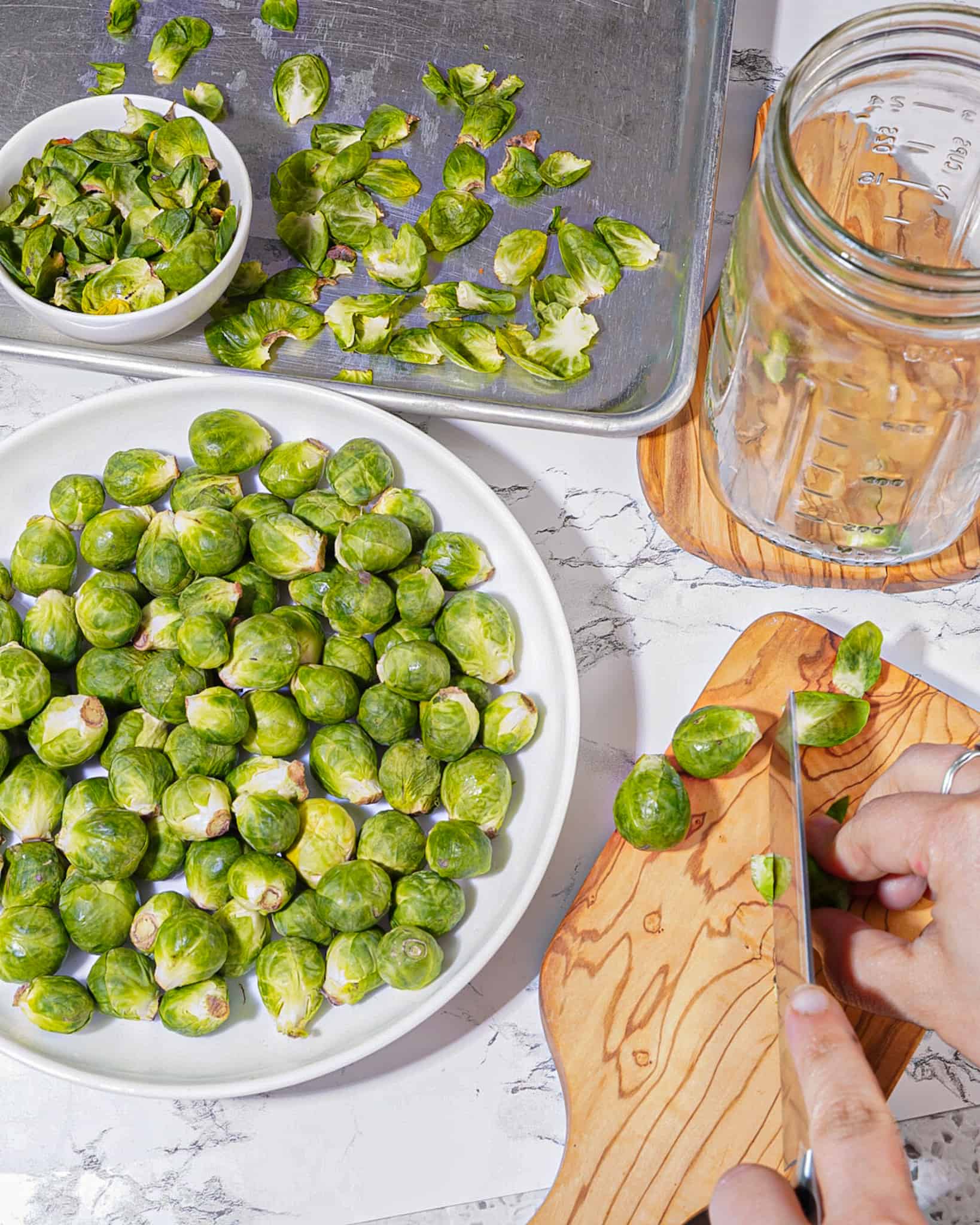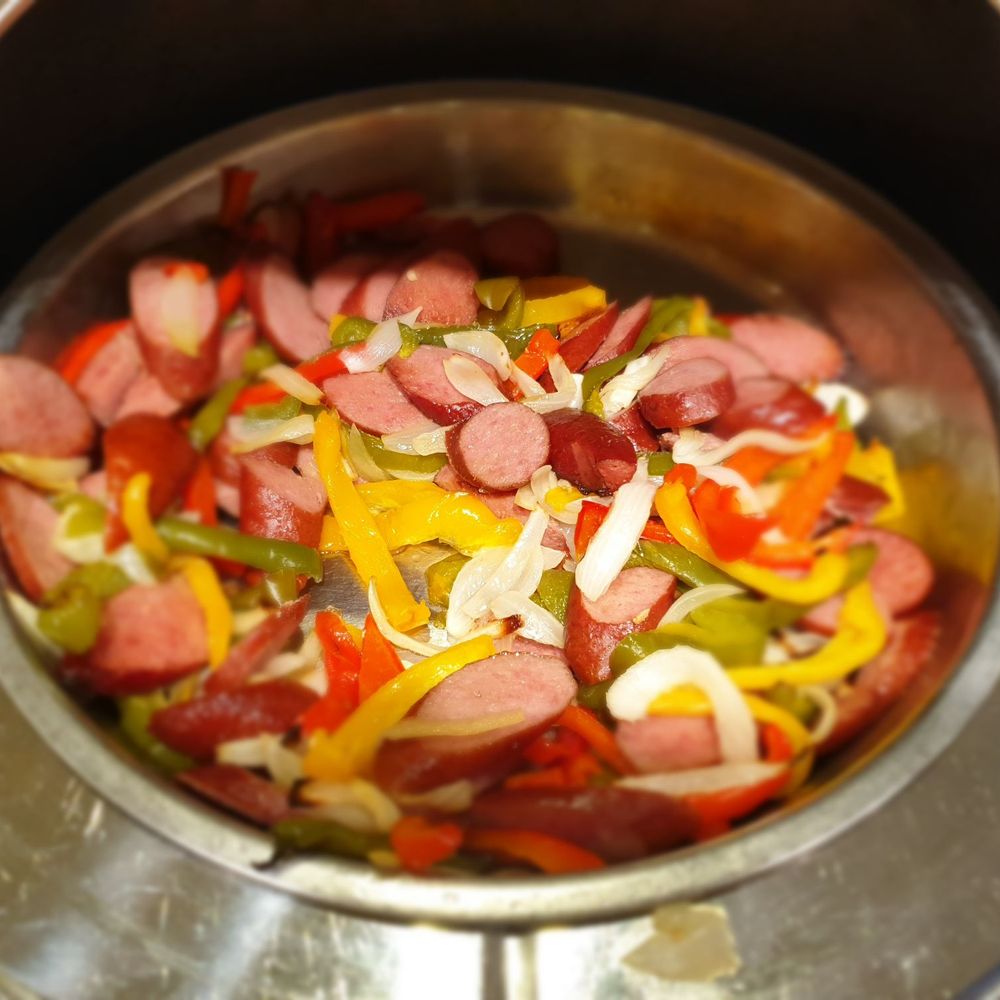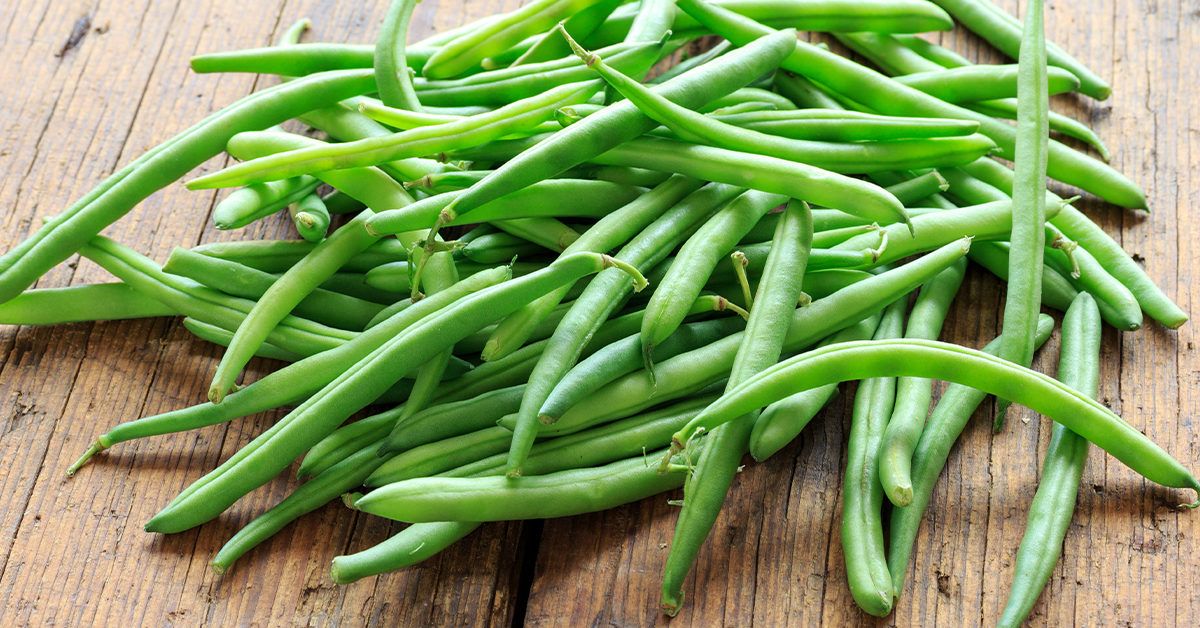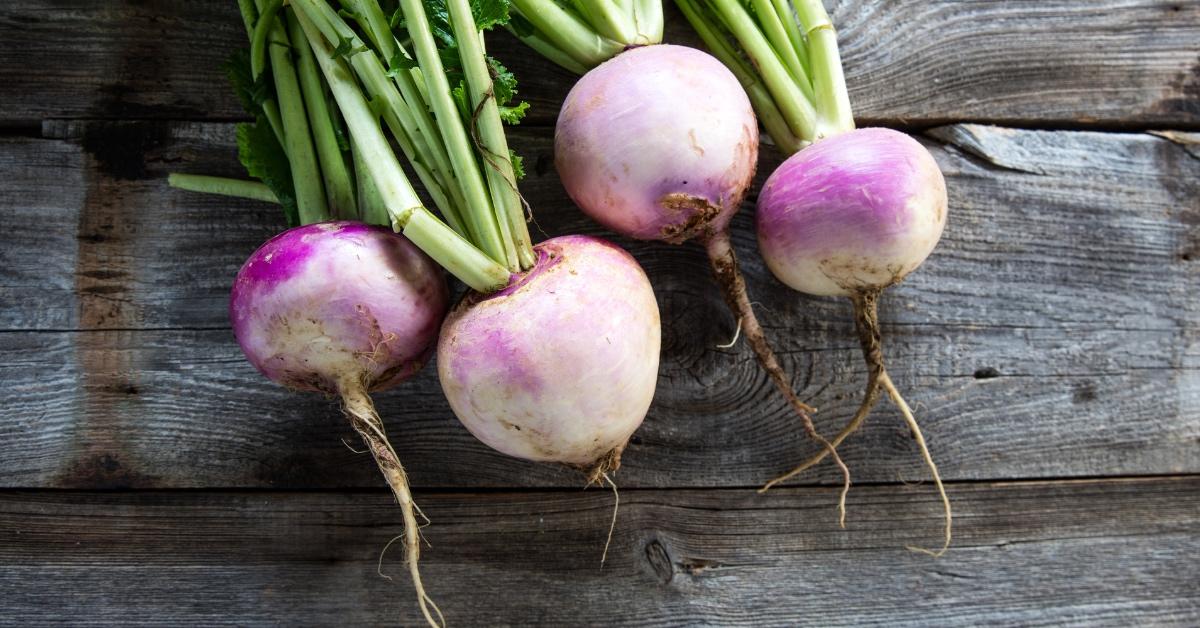Is Rice a Vegetable? Unraveling the Nutritional Mysteries
– Rice is a grain and not a vegetable.
– Rice is the seed of a grass called Oryza Sativa.
– Rice is grown in paddies and takes about 3-6 months to grow.
– The hull and bran layers are removed during the milling process, resulting in white rice.
– Rice falls under three main categories: long grain, medium grain, and short grain.
– Rice is plant-based and suitable for vegans and vegetarians.
– Rice is gluten-free and suitable for those with celiac or following a gluten-free diet.
– Some restaurants and recipes may use animal ingredients when cooking rice.
– Rice is a good source of carbohydrates, fiber, manganese, selenium, magnesium, and B vitamins.
– Brown rice is considered healthier than white rice due to its higher nutrient and fiber content.
– White rice is often enriched with iron and B vitamins.
– Brown rice contains higher levels of arsenic compared to white rice.
– Rinsing rice before cooking helps to remove arsenic.
– Rice consumption should be limited for children and babies.
– White rice does not cause weight gain or weight loss.
– Brown rice aids in weight loss due to its fiber content.
– White rice often has nutrients added back in after processing.
– Red rice helps to boost immunity.
– Brown rice is good for controlling blood sugar in those with diabetes.
– Brown rice improves heart health by reducing cholesterol and aiding in the transport of oxygen in the blood.
– Brown rice promotes digestive health due to its fiber content and is safe for those with celiac disease.
– Riced vegetables are not actually rice, but are vegetables that have been processed to resemble rice.
